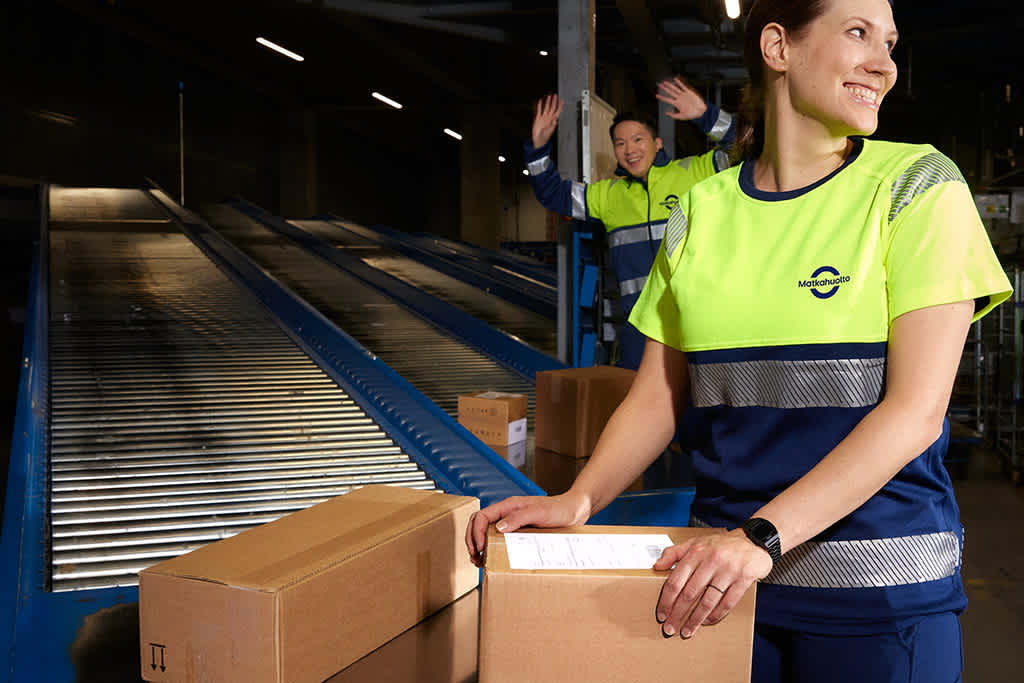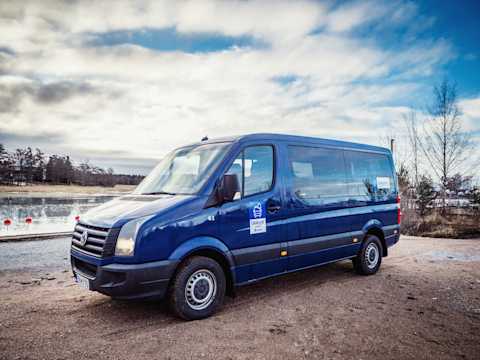We provide our production staff with durable and environmentally standardised workwear as part of our sustainability efforts

The replacement of workwear for production staff was one of our key purchases in 2023. As the textile industry, along with logistics, is one of the most polluting industries in the world, the sustainability of workwear was an important criterion for us when planning the procurement. That’s why our partner of choice is Fristads, which offers a range of environmentally standardised workwear.
“We are committed to halving Matkahuolto’s emissions by 2030 across our entire value chain. The Science Based Targets initiative (SBTi) has endorsed our emission reduction targets. In addition to transport, a large part of our emissions comes from procurement, which is why it is important that environmental responsibility and sustainability in general are taken into account in our procurement decisions,” says Jaana Korkiakoski, Matkahuolto’s Sustainability Director.
As the best way to curb our environmental impact is to reduce consumption, we wanted our new workwear to be as high quality, durable and fit for purpose as possible. Our new workwear is designed with sustainability in mind at every stage of production. The washing and maintenance processes for workwear are also designed to extend the life cycle of the clothes.
Emission reductions with Fristads’ Green collection
To achieve our ambitious emission reduction targets, it is of the utmost importance to us that the environmental impact of all our activities, including our procurement, is genuinely verifiable and comparable.
We chose trousers and shorts from Fristads’ Green collection, which helped us save 7,164,000 litres of clean water and 1,300 kg of CO2 emissions*. These figures correspond to around 11,940 hours in the shower and 10,833 kilometres driven with a new vehicle.
Fristads workwear has an Environmental Product Declaration (EPD) based on the ISO 14025 certificate. EPD is a third-party monitored tool to reduce environmental impact. The company also uses Life Cycle Analysis (LCA) to measure its environmental impact.
In addition to the new workwear, our Climate Roadmap includes more than 40 other measures to advance our science-based sustainability targets and to halve our emissions by 2030.
*The figures are based on data provided to us by Fristads. Water consumption is measured in terms of Water Scarcity Footprint (WSF), which assesses the potential environmental impact of water consumption, taking into account the relative availability of water in a given geographical area. CO2 emissions are measured in terms of Global Warming Potential (GWP), which describes the ability of different greenhouse gases to trap atmospheric heat over time relative to carbon dioxide. The effect of different gases on global warming is converted into carbon dioxide equivalents.

